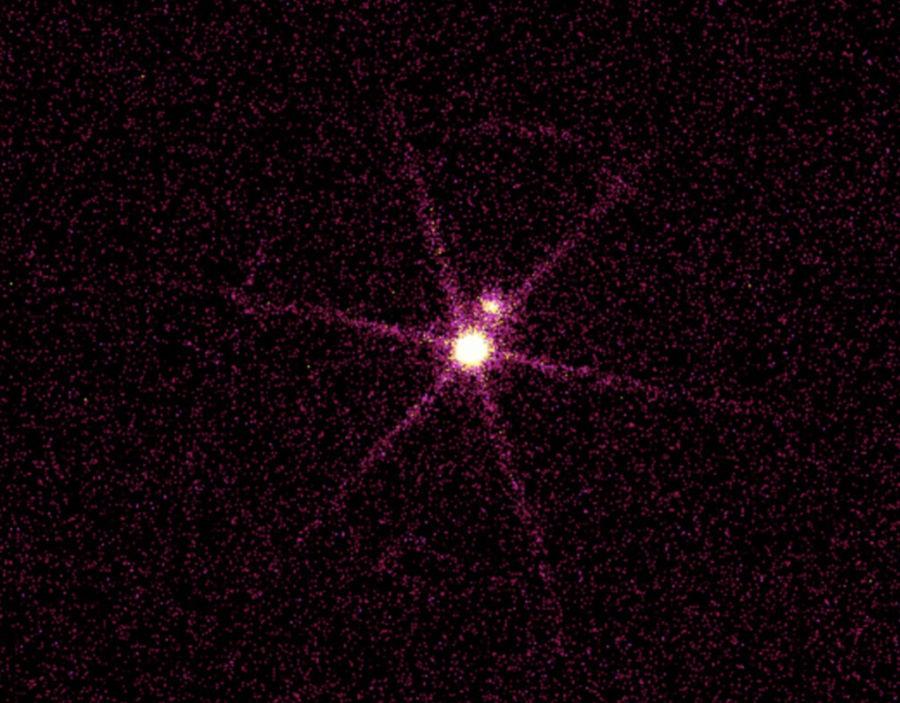Every night as you lie down to sleep there lies a sky just beyond your roof, full of millions of luminous spheres of plasma, or rather stars. “Sirius” — a star that lies in the Canis Major constellation — is the brightest star in our sky. Sirius is so bright that despite the massive amounts of light pollution, it can still be seen by the naked eye across the U.S.
Sirius lies within the Canis Major, or “Dog”, constellation and is actually a reference to two stars each exchanging light and matter with one another. Named “Sirius A” and “Sirius B,” these stars hold a significant part in history and continue to light the way for us today.
Over recorded history, Sirius B used to be the bigger star, which allowed the other star to pass through the light cycle faster, thus completing their star “death.” This consists of the star expanding and shrinking over gravity as a white dwarf the size of Earth, diminishing the brightness and eventually exploding. Sirius B sent Sirius A its raw materials and allowed Sirius A to be the brightest star that lights our sky today.
One of the coolest aspects of the star we see today is that it was once seen by the ancient Egyptians. When discussing the foundation of the star, the University of Arizona astronomy professor Donald McCarthy explained how Sirius remains its primate history, continuously rising around 2 a.m.
If you were to see it in ancient Egypt, this meant that the Nile River would flood, as the Egyptians used the stars to determine which season was coming. Sirius was so bright and obvious it was extremely easy to spot and it continued to have an impact on the Egyptians for many years.
RELATED: Optical scientist develops implantable cataract replacement lenses
Some of the greatest advancements made have been to further understand and interpret the stars. The University of Arizona’s Lunar and Planetary Laboratory continues to study the stars with each scientist having their own approach to interpreting the world of space.
One of the best physical characteristics of stars remains a spectrum that occurs when light goes through a prism and exhibits colors called spectral lines. Simply studying them can tell you the temperature, gravity, composition and even movement of a single star. Studying stars continues to be a huge part of the world of astronomy, especially Sirius’s binary aspects, which makes it capable of being studied by anyone.
Sirius is known to be blue, hotter than the sun and more luminous as its mass is around twice the size of the sun’s. These are a few of the reasons why it is so visible from Earth. It’s positioned over eight light-years away, incredibly closer than the Sun and one of the easiest stars to study. So, how can you study the stars?
One option is using pictures, where you can take different pictures of light and use filters to see the specific colors. Using a blue filter would allow you to see the light spectrum of Sirius and study its characteristics! You could even use binoculars, telescopes, electronic cameras or even spectrometers! There’s no limit to the options to explore science as anyone can contribute to it.
Follow Vivian Alonso on Twitter









